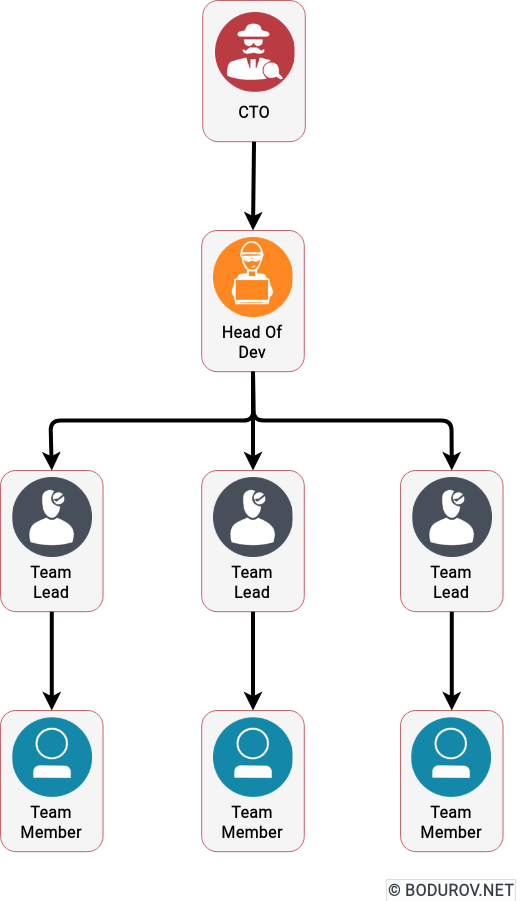In the last article, I shared the usual disadvantages when teams use agile methods in early Start-Ups. In this part, I shall give you my list of modifications and changes over the standard agile workflows. All of them are based on my experience and errors accumulated during the years working in underfunded Start-Ups. Additionally, I shall give you additional information regarding how it can affect team morale and motivation for every modification. But let me list the different changes I used during the years:
- Do not do peer reviews: Peer reviews work pretty well for improving code quality and knowledge sharing. However, they are one of the biggest bottlenecks in your team workflow. Additionally, to have productive peer reviews, the peers must usually be at the same level of expertise. The best case is for the reviewers to be with more considerable expertise than the reviewed. For early-stage Start-Ups, I would suggest senior management appoint two or three people to do all the code reviews in the company. With this approach, team morale and motivation will increase because you would avoid much friction and drama.
- Avoid unit tests: Unit tests are one of the best ways to increase your code quality. However, during the early stages of your product, where you do a lot of research and expect significant refactoring of the code base, unit tests, constant maintenance can kill your velocity and hurt your team morale. Usually, after the initial effort to create the tests, the team stops maintaining them after a couple of tight deadlines, and finally, they are entirely disabled. Better spend your time doing integration, smoke, or component tests because they work on established APIs, and these APIs do not change dramatically.

- Don’t be sloppy with your architecture: Make sure your technical architecture is solid and can be upgraded or refactored easily. Quality of code is not so important because you can improve your code quality quickly, but not your architecture. Many teams decide to start with less complex architecture, and after that, they have to reimplement the solution. Better, plan how you are going to implement your architecture in phases with change in mind. Start with only the essential components and upgrade them later. Doing something twice is the most significant morale and motivation killer in one team.
- Do not estimate R&D: Early-stage Start-Ups usually must not plan research and development. It would be best to entirely avoid research and development and work on already established business or technical models with minor modifications. Innovation is expensive in terms of time and money. It should be avoided or minimized as much as possible.
- Threat every task as a different sub-project: Many company owners love to categorize their products using the famous triangle of quality, speed, and time. However, the major mistake is that a software product is a collection of submodules. And every submodule comes with its complexity and implementation. It is much better to treat every submodule as a separate project and decide what we expect using the quality, speed, and time triangle.
In conclusion, these are my leading suggestions for every early-stage Start-Up team. To extend your Start-Up life, you should cut time and resources from every non-essential part. My proposed list gives some hints in that direction, and I am sure you could create your lists by filtering what the essential and not the essential activities in your team are.





